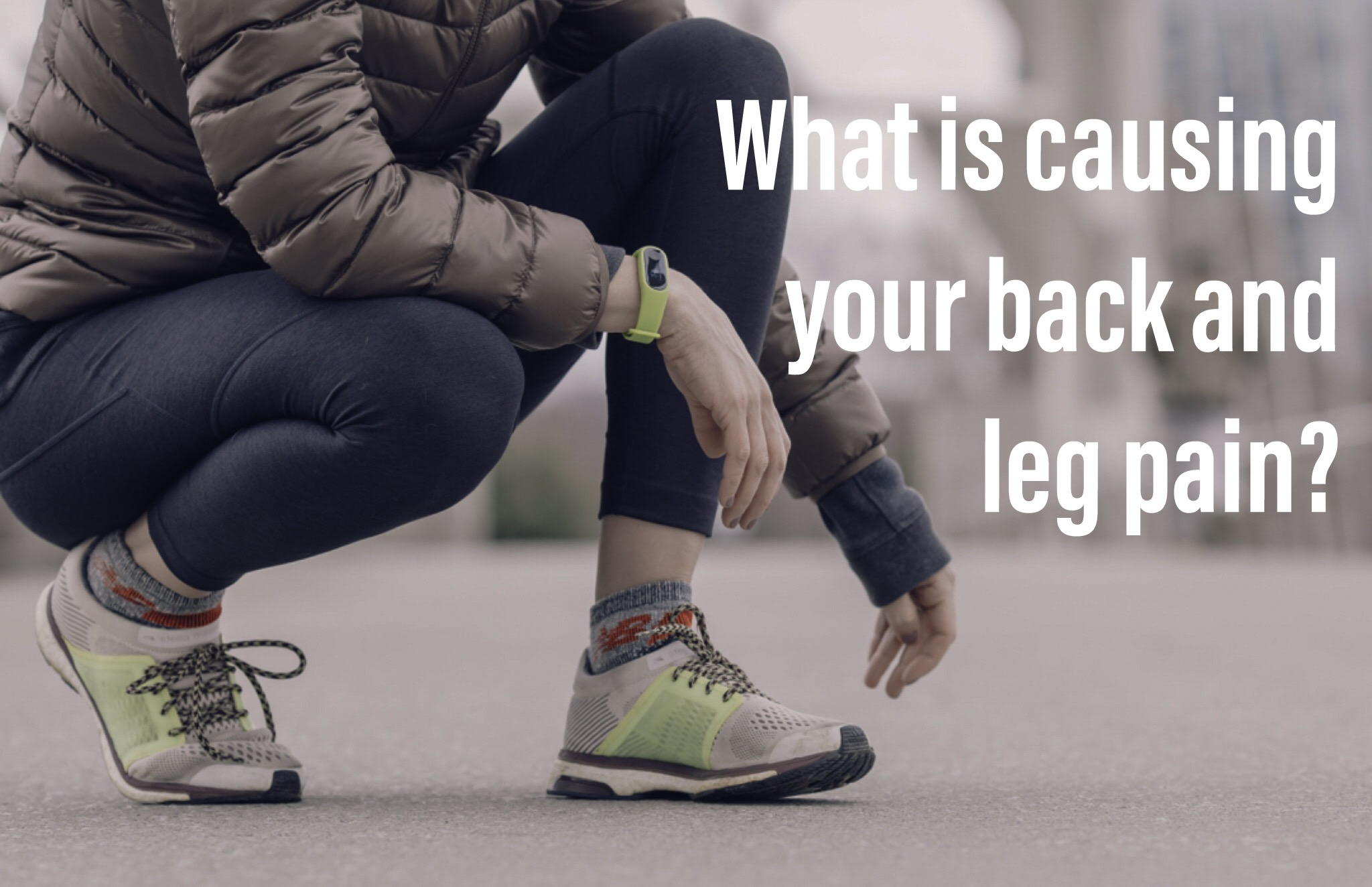Runner's knee has different causes as well as different pain generators. A clinical finding that is common is a positive patellar tap test that is consistent with fluid on the knee. Chronic fluid or swelling of the knee is damaging to cartilage over time but also indicates that there is a structural or mechanical problem, basically an in-efficiency of knee mobility during running, hiking or walking. This swelling is a sign of chronic inflammation.
Diagnostic ultrasound is a tool that we have been using for the last 7 years to assess joint function, muscle contractility, obverse needle placement for dry needling, and as a great screening tool for our curiosity. This video shows a knee with a positive finding of knee swelling clinically. Diagnostic ultrasound to assess for fluid on the knee was conducted and shows the different areas that we look for, hypo-echoic or dark areas indicating fluid when found in soft tissue. This is different than the shadow cast by bone as is shown as well when using the patella as our landmark.
A study conducted years ago took 10 normal knee subjects and injected saline solution into their knees measuring quadriceps activation through EMG measurements. Their findings showed that the quadriceps could be inhibited as much as 30% to 40% depending on the muscle of the quadriceps. Ranges of fluid amounts showed different levels of inhibition to different muscles of the quadriceps but the take home from this study is that fluid in the knee can affect the quadriceps and its ability to contract.
When we find swelling on the knee, clinical signs that are present are symptoms of poor stability, the knee giving out, or hyper-extending.
When the quadriceps is inhibited we compensate by using our soleus to stabilize the knee when our foot is flat on the ground. This will change our gait and is a compensation. It is the reason why when you find iliotibial or IT band tension, and even swelling in the knee clinically, that you find deep calf muscle knots or trigger points present.
Symptoms of knee swelling
- Knee gives out or feels less stable
- Calf tension and muscle trigger points
- Pressure around and above the knee
- Outside thigh tension
Things to look for
- A puffy or swollen knee, specifically above the kneecap or patella, and to the sides of the patella
- A positive patellar tap test or ballottement test
- Iliotibial band tension and/or pain
Knee swelling is a sign that there is an underlying problem. It is not a diagnosis.
Treatment
Self-massage above the knee, deep past the quadriceps tendon, is a great start to treatment. The idea of this is to stimulate the synovial lining of the knee as it extends quite far above the patella.
Dry needling is a great modality in reducing anterior knee swelling as well as treating quadriceps and soleus myofascial trigger points.
Finally, fix the cause! The reason for the swollen knee is that there is an underlying pathology or biomechanical problem present. Finding and addressing the cause is the role of the manual medical practitioner.
Fix the cause! The reason for the swollen knee is that there is an underlying pathology or biomechanical problem present.
Want more information and things you can do to help this common condition? You can reach out to us at 719-596-5000 or contact us.


